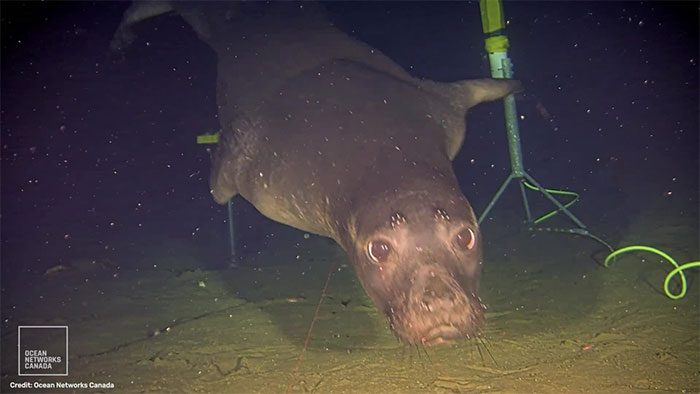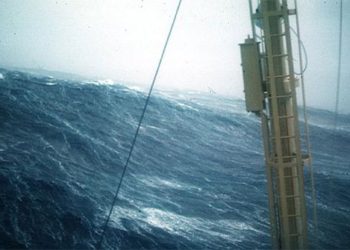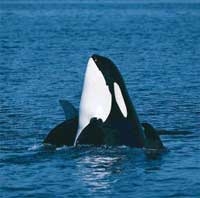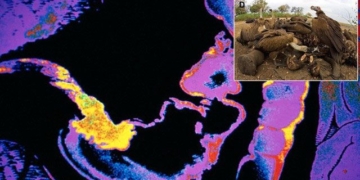Scientists have discovered that Northern elephant seals dive to depths of 645 meters whenever they hear sounds emitted from sonar devices.
This research was conducted by scientists from the University of Miami and the University of Victoria, and published in the journal Plos One. During their investigation into how deep-sea fish and invertebrates respond to various stimuli in the Barkley Canyon waters, located south of Vancouver Island, the team found that each time the sonar device emitted a pulse – an acoustic wave that travels underwater, the Northern elephant seals dove down to forage, akin to a dinner bell.
They observed that eight Northern elephant seals regularly approached their device, placed at a depth of 645 meters, whenever it produced sonar sounds.
(Video: Ocean Networks Canada).
“We suspect that the seals have learned to associate the sonar sounds from the research device with the availability of food – a phenomenon known as the ‘dinner bell effect’,” said Héloïse Frouin-Mouy, the lead author of the study, in a statement. “The seals seem to use this sound to identify areas with prey and may take advantage of fish illuminated by the camera light, particularly targeting sablefish, their favorite dish as seen in the video.”
The eight seals were named after members of the band The Beach Boys: Brian, Dennis, Carl, Mike, Al, David, Blondie, and Bruce, and they appear to have honed their hunting skills by sensing the “good vibrations” from the sonar device. “We became familiar with these marine mammals and eventually named them to distinguish between their visitation frequency and observational habits,” Frouin-Mouy explained.

Seals dive deep to forage.
Along with documenting the “dinner bell effect,” researchers also discovered a previously unseen resting behavior in juvenile elephant seals. Footage from the team shows some of the “Beach Boys” frequently taking “cat naps” on the ocean floor in Barkley Canyon, remaining still for several minutes. The longest recorded nap lasted up to 8 minutes and 40 seconds, after which the individual had to return to the surface to breathe.
Barkley Canyon is a seafloor region characterized by geothermal gas seeps, attracting various marine life. In a previous experiment at this site, scientists placed the bones of a humpback whale at a depth of 890 meters within the underwater canyon. Using specialized camera systems, the team observed that this sunken feast attracted numerous scavengers, ranging from small crustaceans to king crabs.





















































